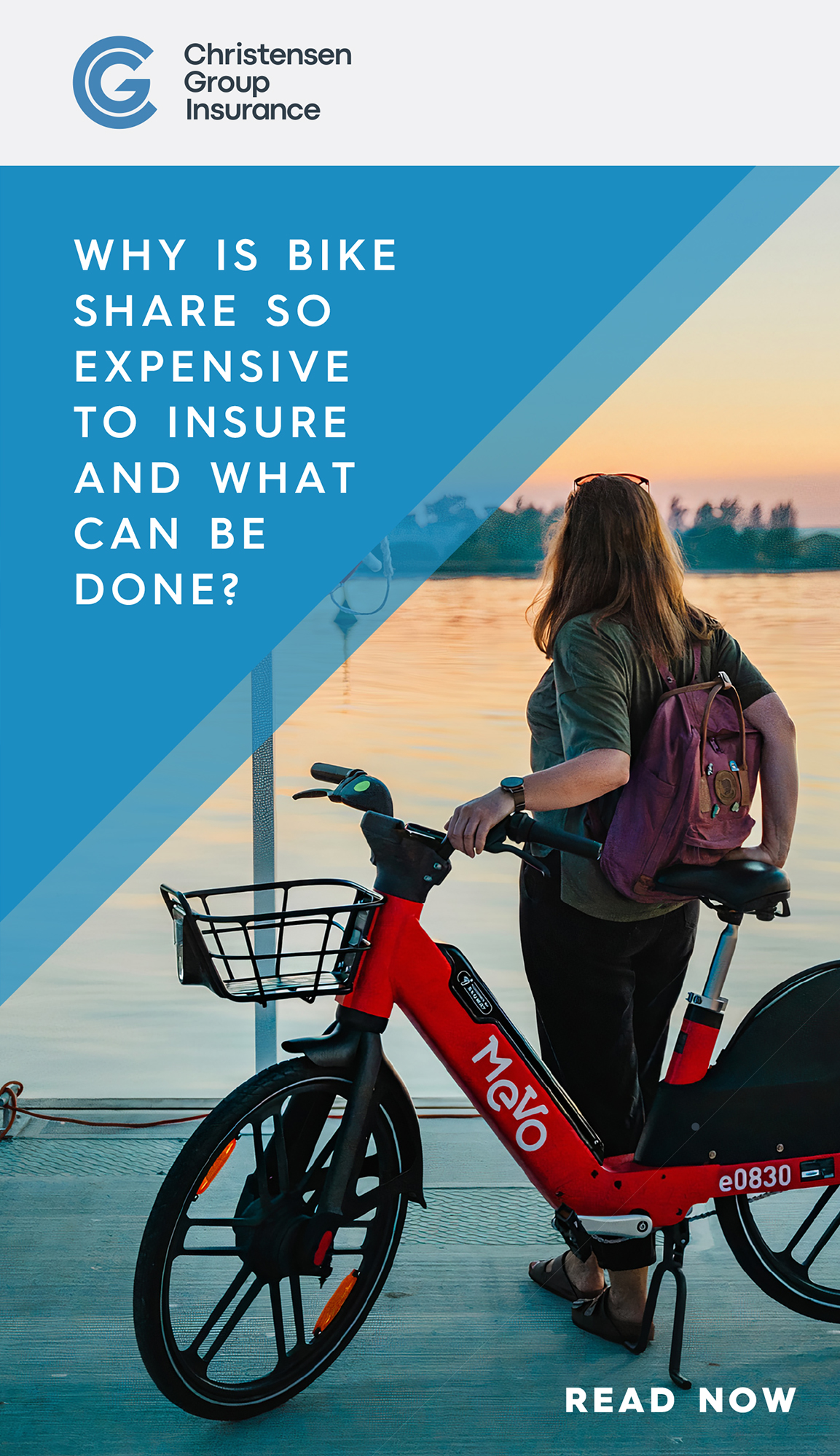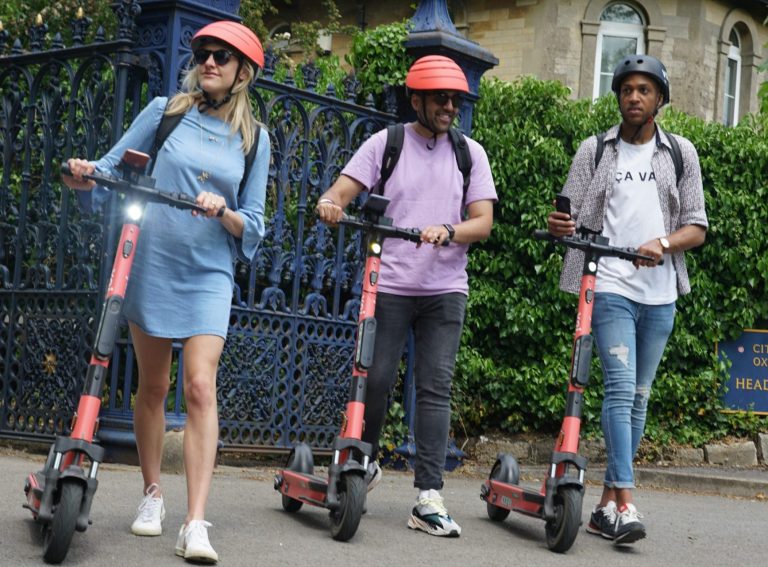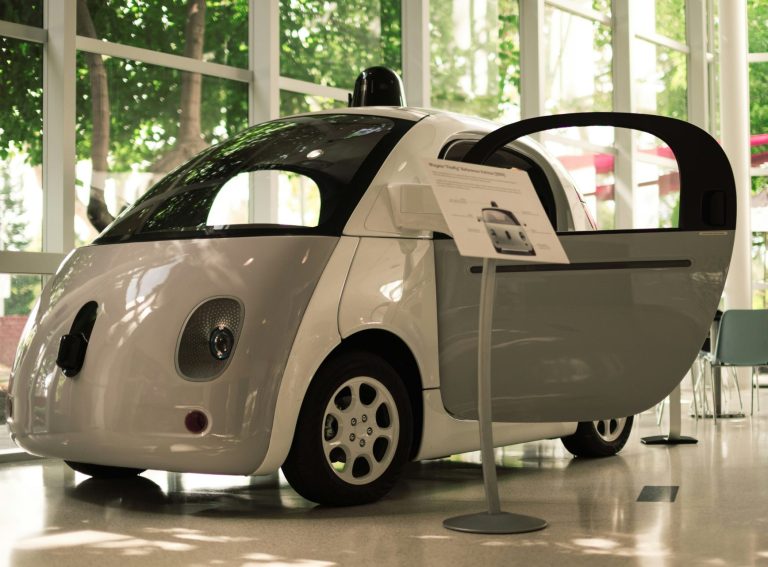Image Credit: Bill Nino, Unsplash
The emergence of the robotics category over the past 18 months represents a significant trend within new mobility, and US insurance brokerage Christensen Group is alive to this.
The firm’s new robotics program, which sits within the speciality insurance department, was launched to cater for this rapidly evolving sub-sector, which by its nature, brings a set of unique risks and challenges from an insurance perspective.
“In the past year or so we have seen a collision of hardware, the Internet of Things and AI, which has spawned this new robotics space,” Brandon Schuh, Head of Speciality Insurance at Christensen Group, tells Zag Daily.
“This has created a brand new marketplace of goods that is now emerging within the mobility space. It was a huge topic at this year’s Consumer Electronics Show in Las Vegas and we are well-placed to service this niche.
“There is a level of sophistication and understanding required and an ability to communicate the type of risk effectively to the marketplace, because the potential for an error or oversight is huge.”
New kinds of risk
The speciality insurance team at Christensen Group has seen great success in recent years dealing with more complicated risks that the conventional market does not tend to underwrite. This includes new mobility as a whole, ranging from bikes and scooters to personal aircraft and unmanned delivery devices.
“The team is now run somewhat autonomously from the wider group and represents the firm’s first separate P&L,” Schuh explains.
“This means we have to be highly focused on the money coming in and out, and developing the best products possible.”
The fact that much of the new robotics technology emerging does not need to be directly operated by a human means that it presents a new type of risk that insurers have not covered previously. In casualty insurance, which includes the type of premiums an e-bike operator will take out, the involvement of a rider makes determining negligence fairly simple.
“With an unmanned drone, this human negligence element is removed from the equation and is replaced with a new type of negligence by omission or error,” continues Schuh.
“This is far harder to isolate and therefore the type of insurance premium required is totally different.”
Schuh points to a hypothetical example where an automated delivery bot malfunctions and this results in a collision where someone is injured.
“I believe product liability premiums will be more complex initially because the incident was likely caused by a coding or firmware error which is far harder to trace,” he predicts.
“There is also no face to assign blame to, which I believe will create a lot of challenges on both sides.”
Emerging market
As the robotics category takes off, Christensen Group is an early mover among insurance players. So far, the firm has spent time getting up to speed and specialising its service, while working with other insurance firms to gauge their appetite and interest in these new types of risk.
“We have had to think outside the box in terms of how we could structure these policies to ensure they’re going to be equally as effective,” says Schuh.
“The marketplace is going to be softer initially versus insuring a fleet of scooters or a bike manufacturer, simply because you’re eliminating the human element. We have taken productive steps and now have built a coverage package and have a good understanding of how to protect a client when an incident occurs.”
The next step for Schuh and the team is to sell the packages it has developed to manufacturers and operators within the robotics space.
“We have partnered with law firm Nilan Johnson Lewis which will work on building a defence case for prospective clients as part of our pre-packaged offering,” he explains.
“Claims will be more complicated to litigate in the case of a serious injury, but because there are fewer humans involved I predict there will be fewer incidents compared to the number of people falling off or crashing an e-bike.”
Schuh sees last-mile delivery bots as presenting the biggest level of risk because they will be using sidewalks or bike lanes. This possibly brings them into contact with people or other vehicles.
“With devices like drones we think the loss ratio will be very low, which makes this a very attractive space for insurers to get involved with,” he adds.
Despite some of the new risks Schuh has outlined, he believes the robotics space presents huge opportunities, especially compared to resource heavy business models such as shared micromobility.
“From a cost perspective, insurance won’t be one of the reasons why robotics players are not profitable,” he concludes.





